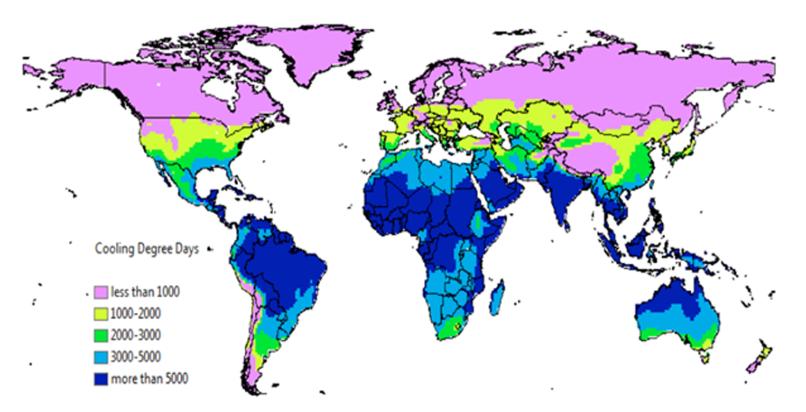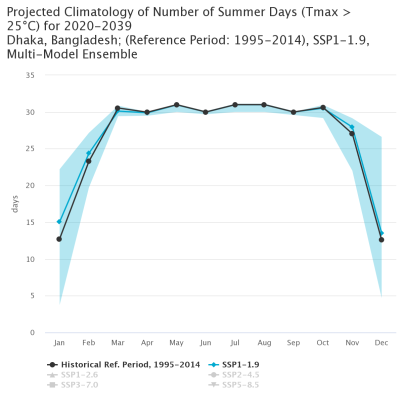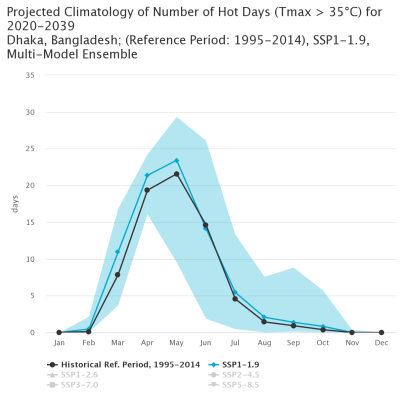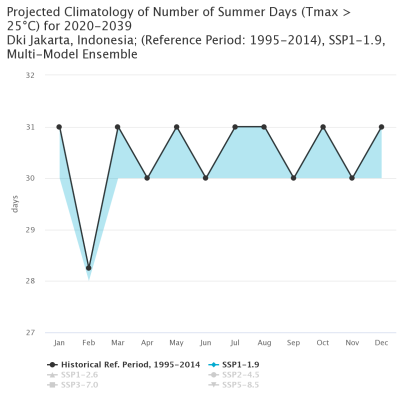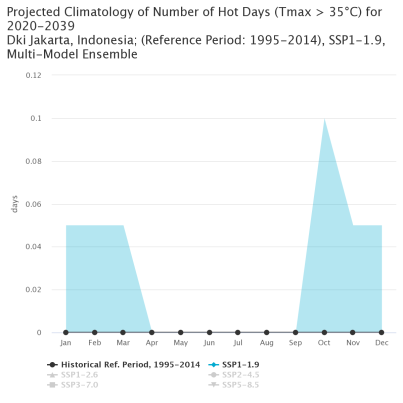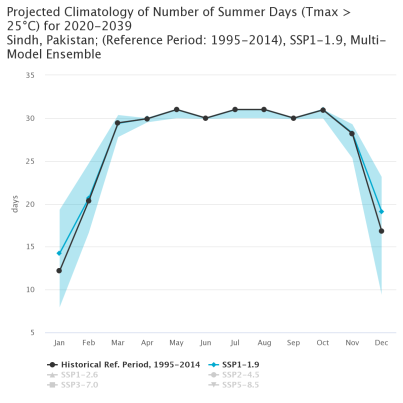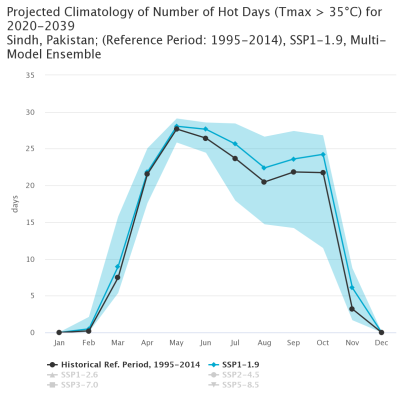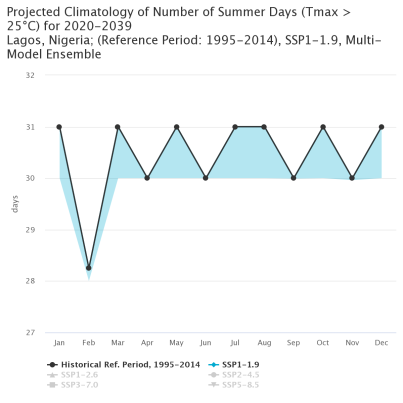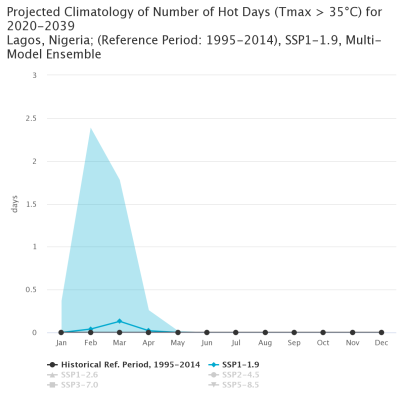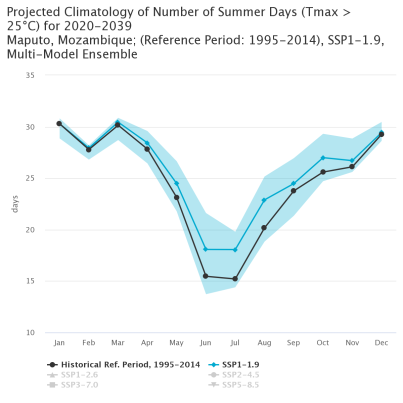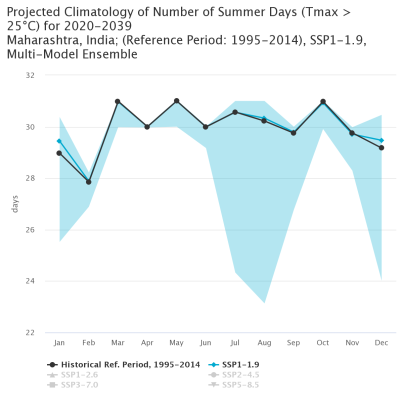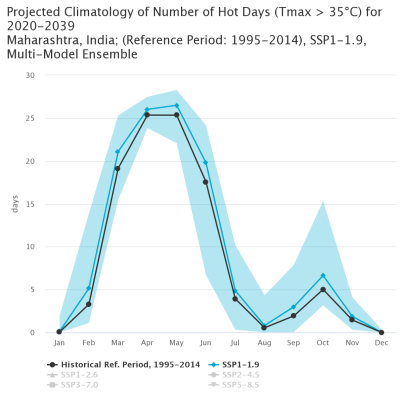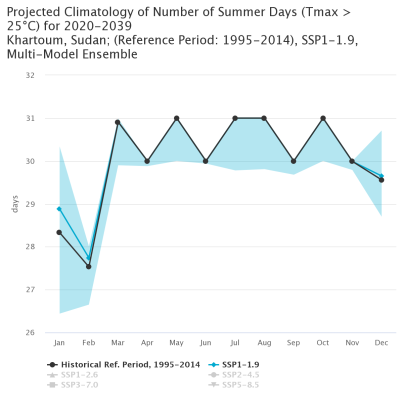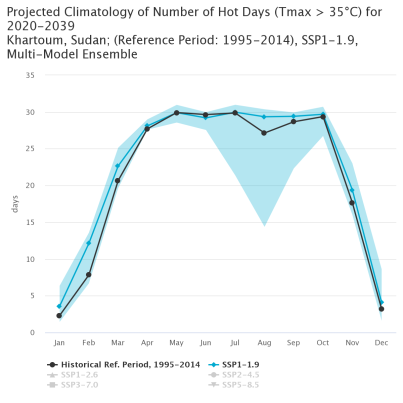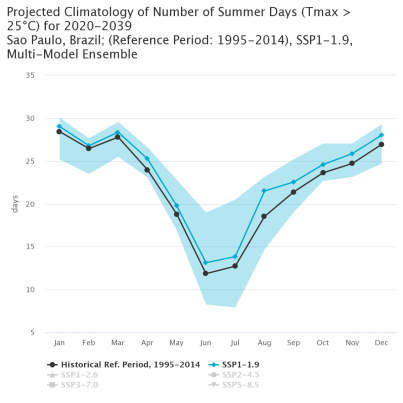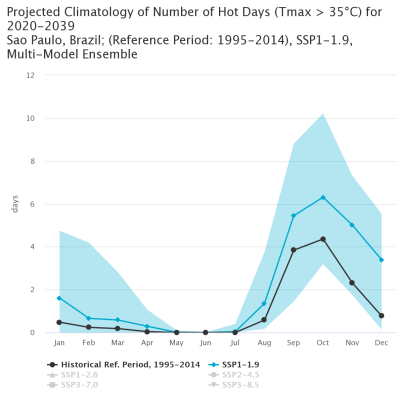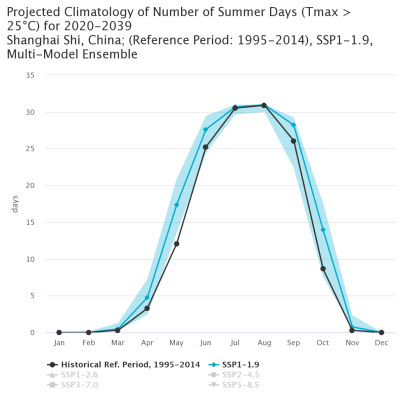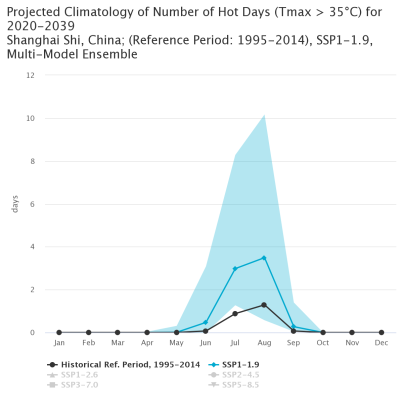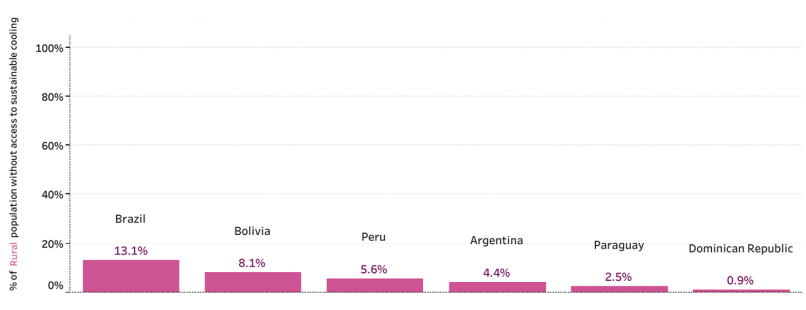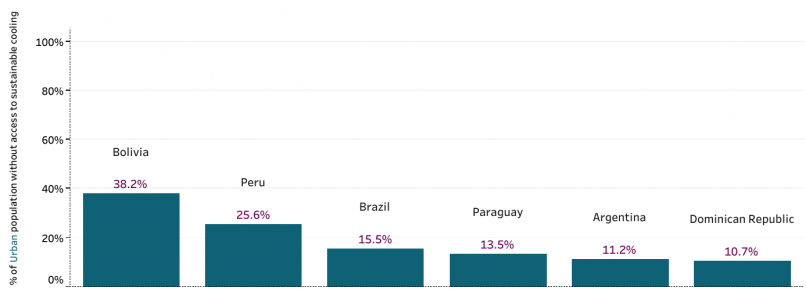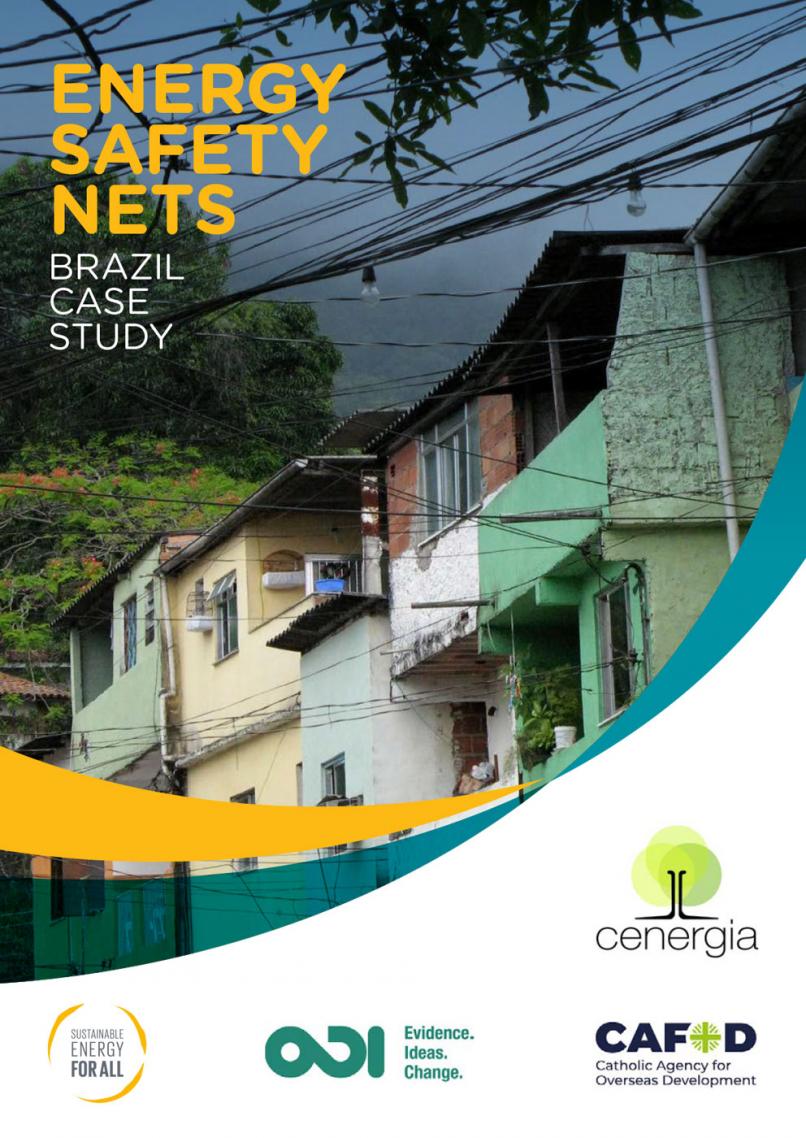Brazil Launches New Compact for a Just and Inclusive Global Energy Transition
This Compact, backed by the G20 Brazil presidency, signifies a significant step toward a just, inclusive, and sustainable future for global energy, and represents a call to the global community to join in this transformative journey.
Baku, Azerbaijan, November 14, 2024 – In a landmark step toward sustainable and equitable global energy transformation, G20 members under Brazil’s Presidency endorsed a set of ten voluntary principles to promote a clean, affordable, and inclusive energy transition at the Energy Transition Working Group meetings in Foz Do Iguacu on 4 October 2024. Building on this foundation, Brazil, with support from Sustainable Energy for All (SEforALL), today introduced the "Just and Inclusive Energy Transition Compact" at COP29 in Baku. This marks a key milestone in codifying the principles endorsed by the G20 Energy Ministers into a multilateral framework, inviting member states and non-state actors to join as signatories and commit to fostering a just and inclusive transition.
"President Lula deeply believes in the transformative potential that we can offer the people, sharing our experiences, our learnings and our technology in the fight against energy poverty. Brazil wishes to establish itself as a great ally of countries in this essential fight for a fairer and more sustainable future. This pact for fair and inclusive transitions is our contribution to the world joining the cause." said Alexandre Silveira, Minister of Mines and Energy, Brazil.
"I’m grateful to the Brazilian Presidency of the G20 for underscoring the social and environmental dimensions of the global energy transition, recognizing that access to clean energy is central to human well-being livelihoods and prosperity," said Amina Mohammad, Deputy Secretary-General of the United Nations in a video message. "The call is for all of us – governments, industry, financiers and the private sector – to transform ideas to innovation and commitment to action in people’s lives."
At the launch event in Baku, prominent speakers and champions of the Energy Compact, including representatives from the Government of Brazil and from international organizations, the private sector, and the development finance institutions shared insights, emphasizing the Compact’s broad-based and multi-stakeholder approach.
"I am delighted to be gathered here to spotlight the G20 Just Energy Transition Compact, a landmark initiative spearheaded by Brazil's government. This Energy Compact is a testament to our collective commitment to a transition that benefits everyone—especially the most vulnerable among us," said Damilola Ogunbiyi, CEO and Special Representative of the UN Secretary-General for Sustainable Energy for All.
The Just and Inclusive Energy Transition Compact continues the legacy of the Energy Compacts launched in 2021, joining over 200 stakeholders and USD 1.4 trillion in pledged support toward SDG7. Like other multi-stakeholder Compacts, this new Compact will build an inclusive coalition, empowering a fair transition and advancing shared principles such as Gender and Energy, 24/7 Carbon-Free Energy, and No New Coal.
For further information, please contact:
Sherry Kennedy, Director of Communications, SEforALL: sherry.kennedy@seforall.org

